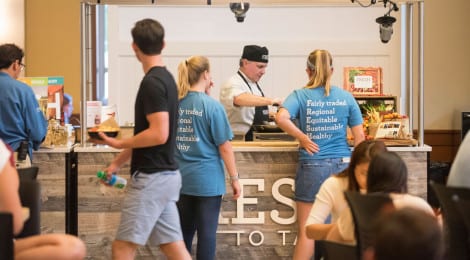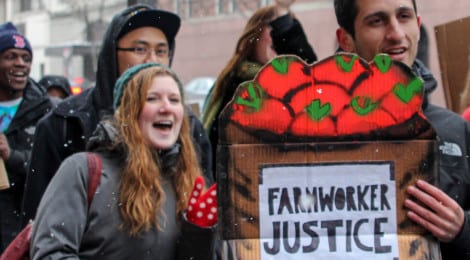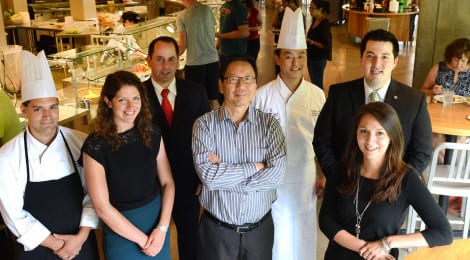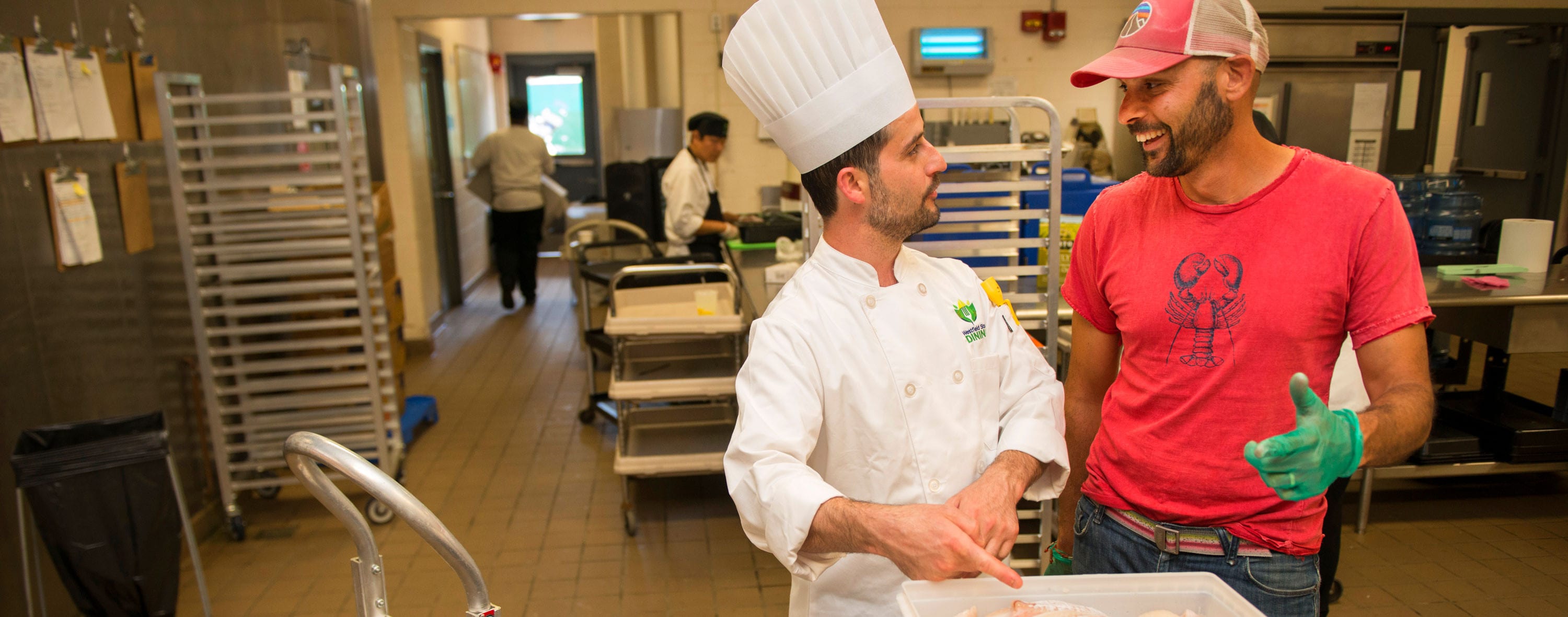
Grantee Profile
A Recipe for Variety: Embracing Ingredient Diversity
At Westfield State University, students who walk into Tim & Jeanne’s Dining Commons are greeted by vibrant signs reading “enjoy local and healthy” and colorful displays of apples and oranges. Materials from CISA (Community Involved in Sustaining Agriculture)’s “Be a Local Hero” campaign can be seen by the entrance. The wooden chairs and many large windows create a home-like atmosphere in this campus food hub frequented several times a day by more than 5,000 students at Westfield State.
This time last year, however, students would not have been greeted by an abundance of local produce. Westfield State is embarking on its second year as a self-operating dining program, having made the bold switch from a contract food service provider – a change that is part of the university’s larger commitment to healthy, sustainable, and delicious foods. The mission of Westfield State Dining Services is to contribute to the campus life experience by providing a variety of healthy and flavorful meals featuring local, regional, and world cuisine in a sustainable and environmentally conscious manner. As a self-operated dining program, Westfield enjoys greater autonomy with respect to menu and service.
While the transition to self-operation has yielded more locally-sourced menu items and greater autonomy, the increased focus on students has been the biggest impact of the switch. The push for self-operation was student-driven, with students having identified humanely-raised and locally-sourced food as top priorities in their dining program. With a contract food service provider, it was difficult to make even the smallest of changes, as every decision had to go through several levels of approval and reach a corporate office.
“Our students are our corporate office now,” says Andrew Mankus, the Director of Dining Services. This fall, Dining Services will launch a Student Ambassadors (SAs) program – 6-10 students who will score the dining commons each week on things like initiatives, quality of food, customer service, and atmosphere. They will act as “secret shoppers” and will also anonymously administer surveys to friends and peers. About half of the ambassadors will be students with dietary restrictions in order to ensure the dining program effectively includes and serves all types of eaters. SAs will also foster student engagement via social media and by helping to promote various events.
Alongside the students, Andrew Mankus and Executive Chef Mary Reilly have led the way for Westfield State Dining during this transition. Mankus has been with Westfield for about a year and brings a wealth of experience from his time at UMass Amherst, a neighboring institution well-known for its award-winning success as one of the largest self-operating dining programs in the country. Westfield State will collaborate with UMass Amherst for the first three years of self-operation, giving them access to a tremendous number of local resources, contacts, and guidance to take on this transition.
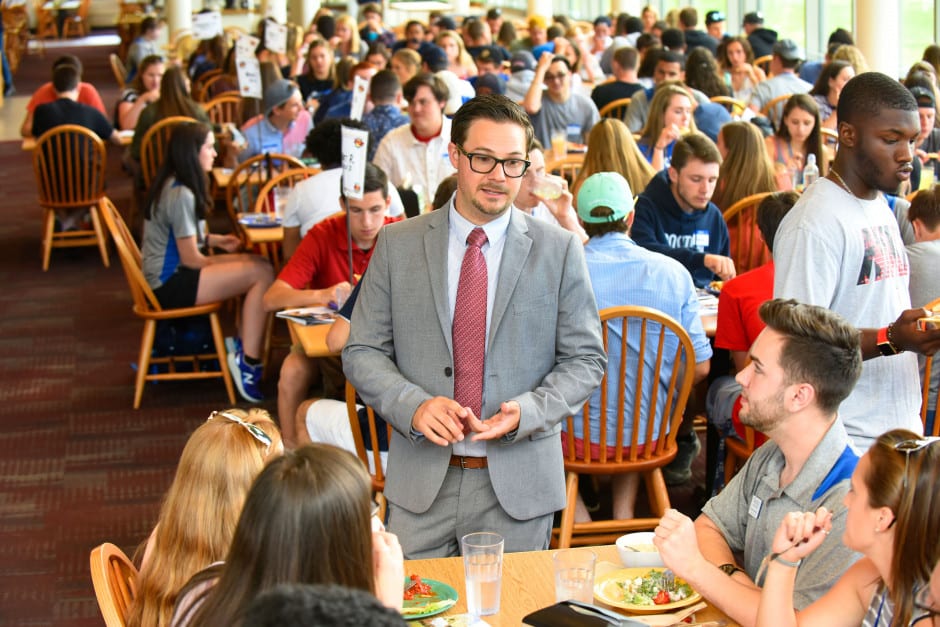
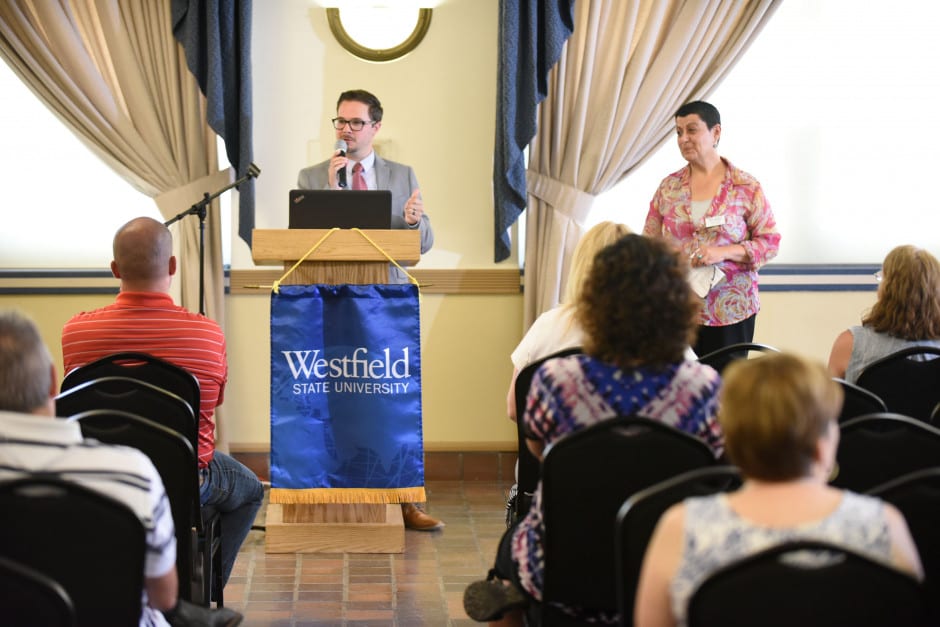
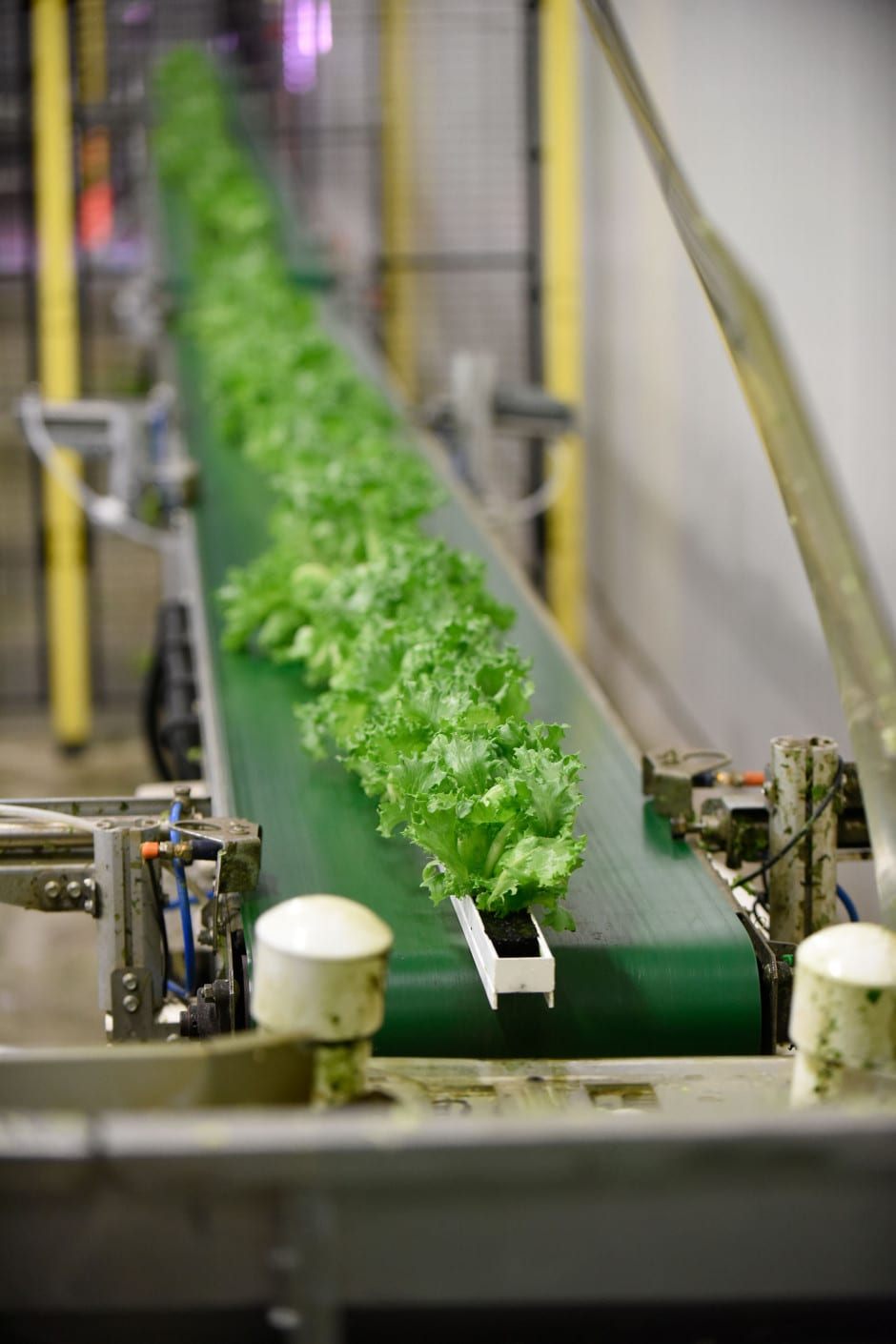
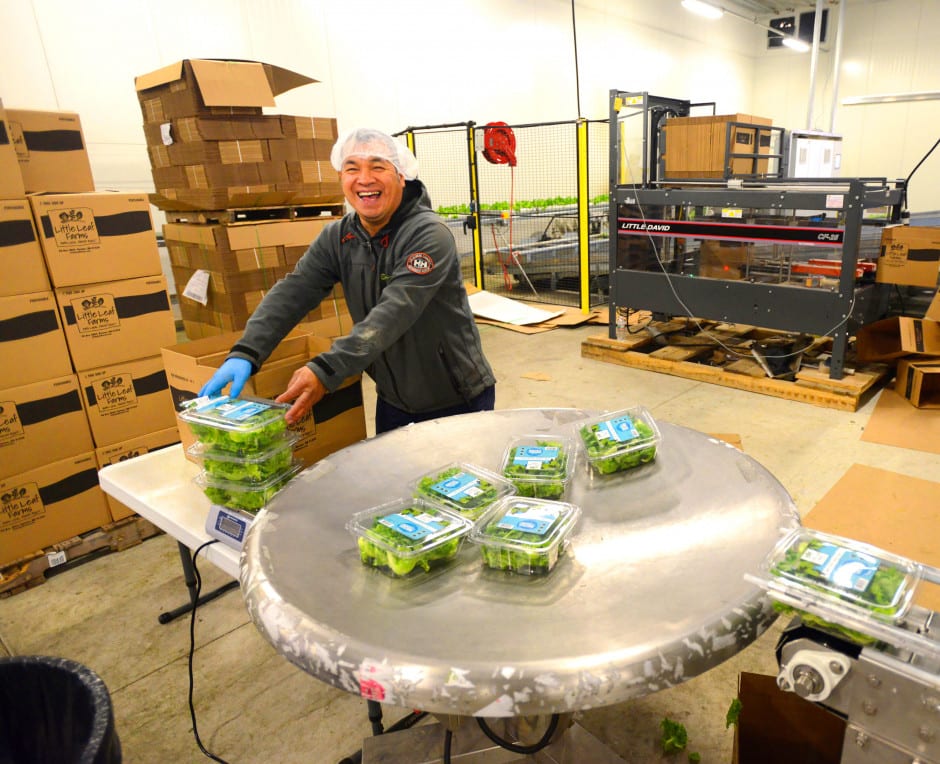
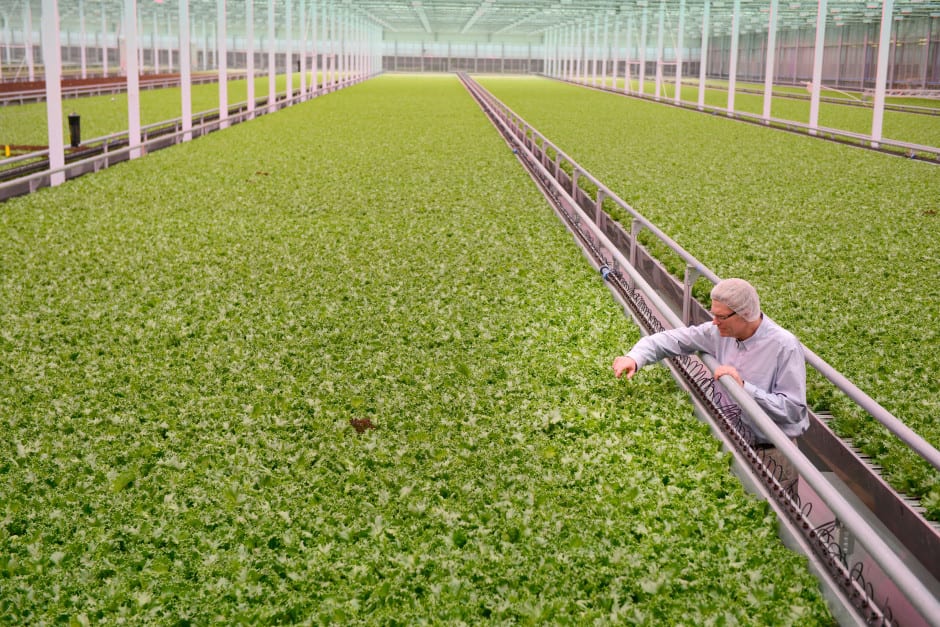
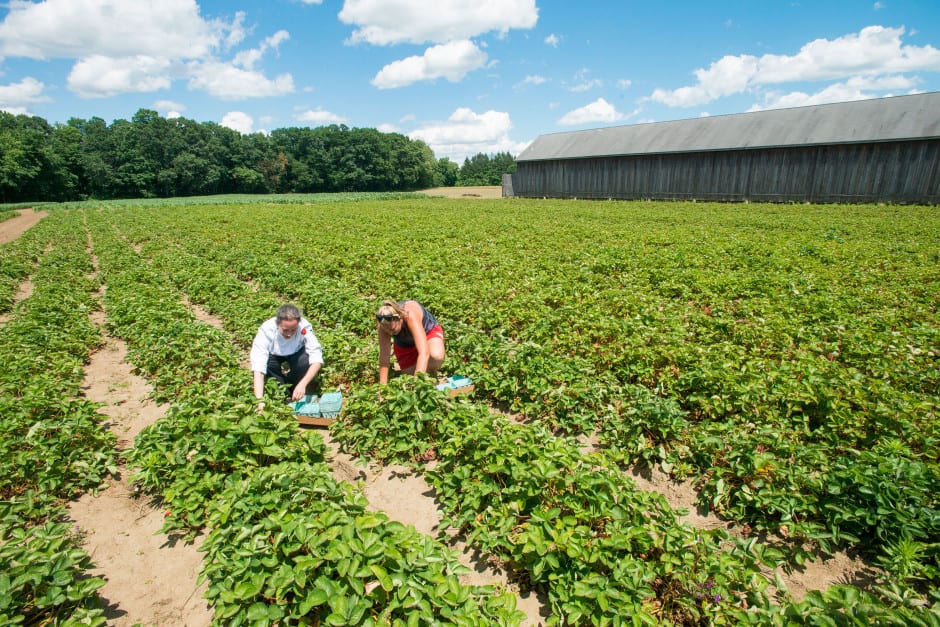
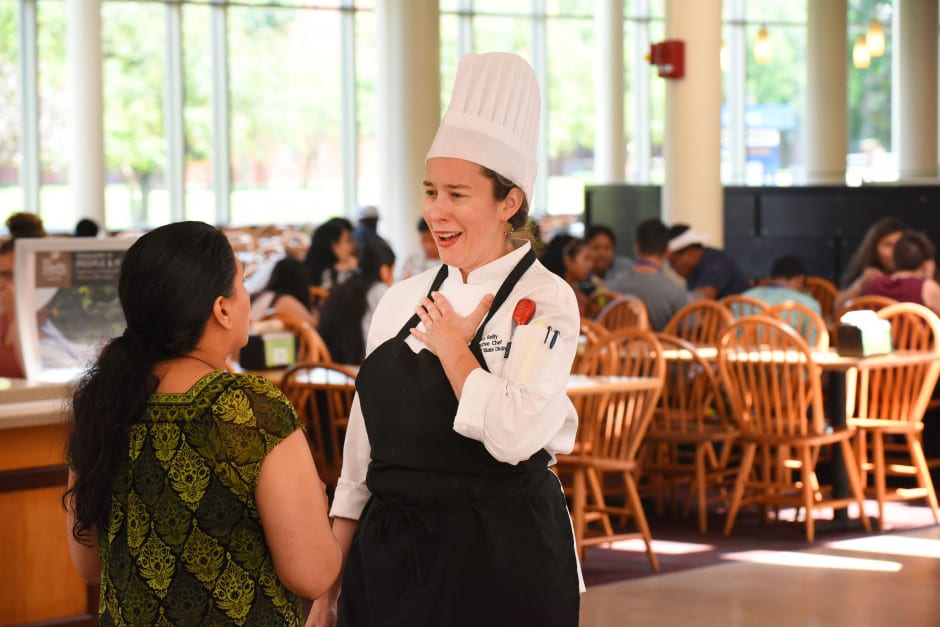
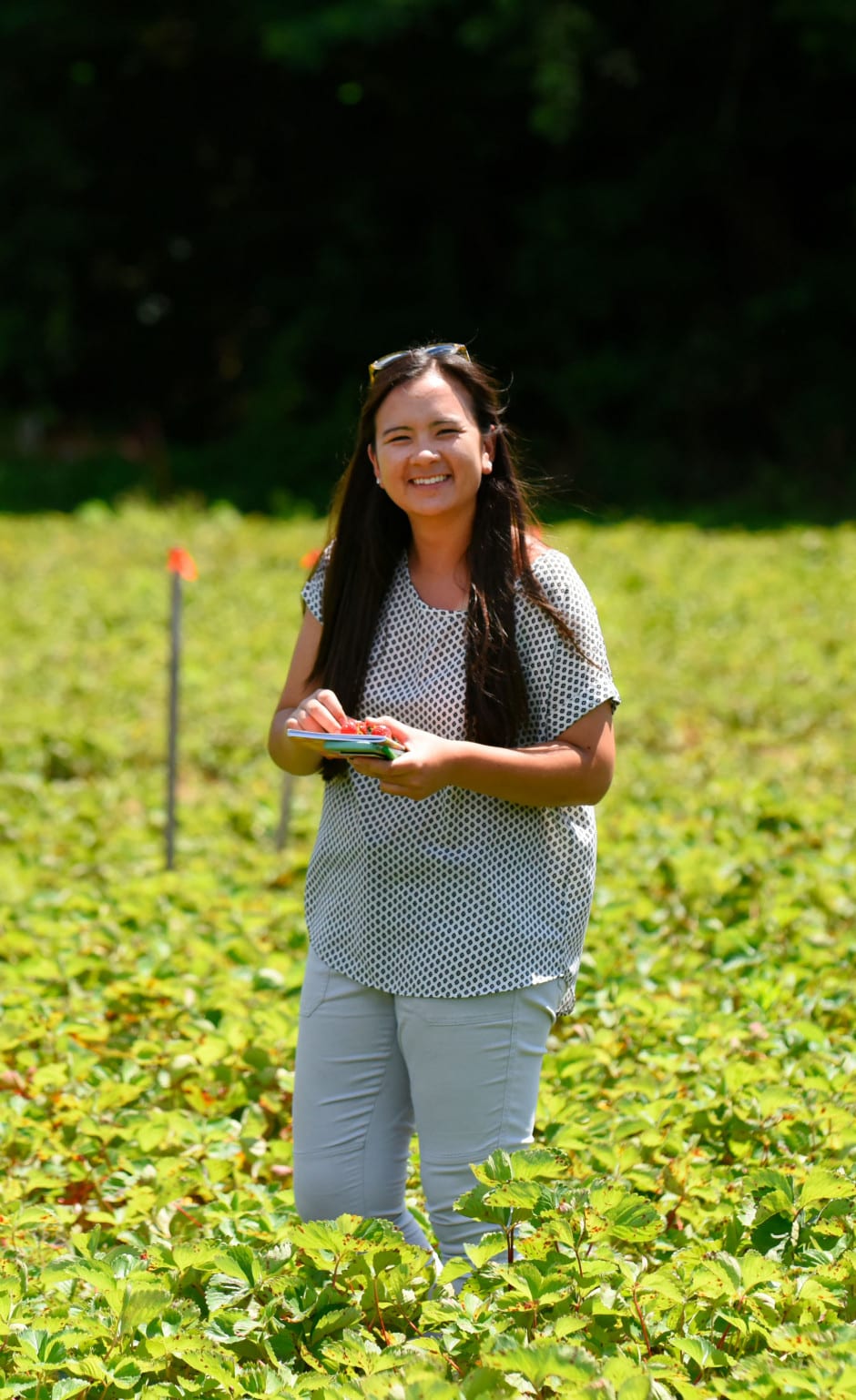
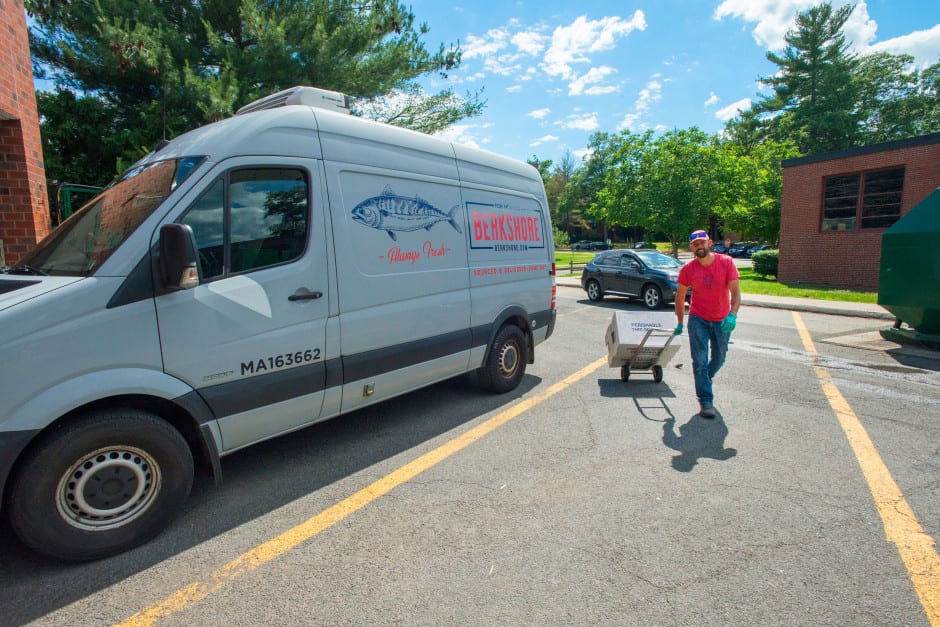
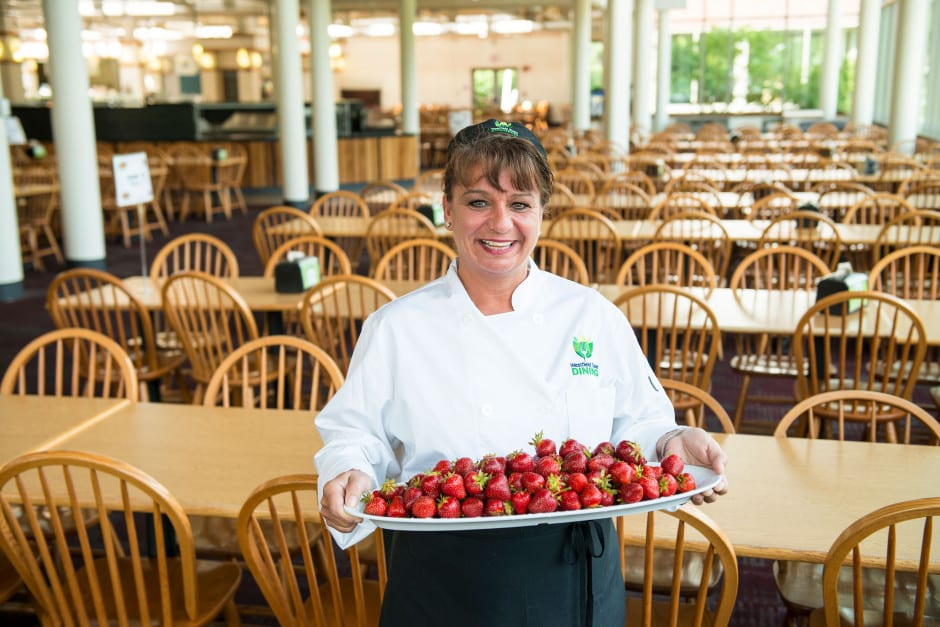
This partnership is a reflection of the collaborative nature of this work and supportive network that exists between universities and institutions who share similar values of sustainability and locally-sourced food, which the Kendall Foundation has helped to foster. This is particularly visible in the Pioneer Valley, where the “Five Colleges” (Amherst, Hampshire, Mount Holyoke, Smith, and UMass Amherst) work together on local food purchasing. Many of these institutions are members of the Farm to Institution New England (FINE) network and reference Food Solutions New England (FSNE)’s ‘50×60’ (50% New England grown and produced food by 2060) vision in their Dining Services mission statements.
Mary Reilly, a former geology major who never attended culinary school, is not your typical “institutional head chef.” Reilly owned a restaurant in Newburyport, MA with her husband that purchased $0.75 of every $1.00 of its food locally. Locally sourcing the food was extremely important to them, but it did not come cheap. With only 45 seats in a restaurant that could only reach a small portion of the population, it just felt wrong to her. So, Reilly and her husband sold the restaurant and moved to the Pioneer Valley to start its chapter of Edible, a publication focused on the local food scene, where she remains the editor and publisher. While she may have been new to institutional cooking when she was hired as Westfield’s Executive Chef, she was no stranger to the Pioneer Valley’s local food movement, armed with a wealth of contacts and knowledge of local farms.
Reilly’s journey to Westfield began unexpectedly after serving as a guest chef at UMass. She was invited back for a second event, where she had to prepare a local dinner. Little did she know that this was an interview in disguise; soon after, they asked if she would be interested in the Executive Chef position at Westfield State. Serving 5,000 students daily was certainly a big jump from her 45-seat restaurant, but being able to reach so many young minds and palates each day was extremely appealing. “Why me?” thought Mary. “There had to be more traditional candidates with institutional backgrounds. But the traditional candidates with institutional backgrounds don’t believe that this work is possible.”
While Westfield State has seen a lot of success in its first year of self-operation, such transformative change also requires a culture shift among students and staff. Those who were accustomed to being able to eat a chicken patty for every meal may have to opt for a leaner, fresh chicken breast instead. Chef Reilly recognizes the reality that college students will always be drawn to pizza and french fries, but she is up to the challenge of designing a menu that takes this and many other factors into consideration, including awareness of proteins with respect to different cultures, food cost and availability, and providing a balanced and varied mix of options that is also visually appealing.
Westfield is very excited for what lies ahead in year two. This fall will begin Chef Mary’s first full year, as she joined full time only last winter. Dining Services now has data from last year to work with, which it didn’t have previously. Westfield is well on its way to achieving its goal of 20% local food sourcing by the year 2020, and believes it can surpass that based on where it stands now. Dining Services has been a driver and leader of overall sustainability efforts on campus – the department has impacted board decisions and even inspired changes in the University’s strategic plan.
Universities and institutions have the purchasing power to drastically impact the local food system, food access, and the local economy. Institutions have million-dollar food purchasing budgets, unlike average farmers market shoppers or CSA subscribers, and also hold tremendous potential for education surrounding the importance of local food. By feeding fresh, healthy food to thousands of young people every day, Westfield State is educating the next generation to impact their local food system and community.
There had to be more traditional candidates [for the Executive Chef position] with institutional backgrounds. But the traditional candidates with institutional backgrounds don’t believe that this work is possible.
